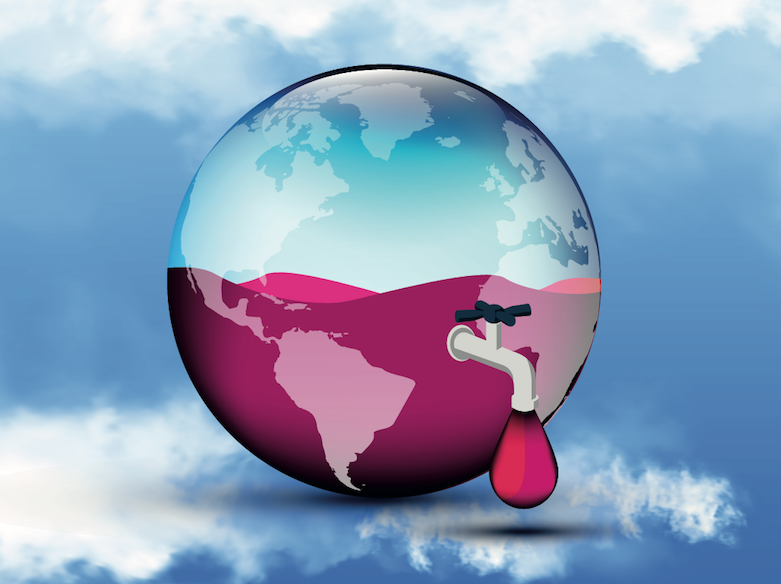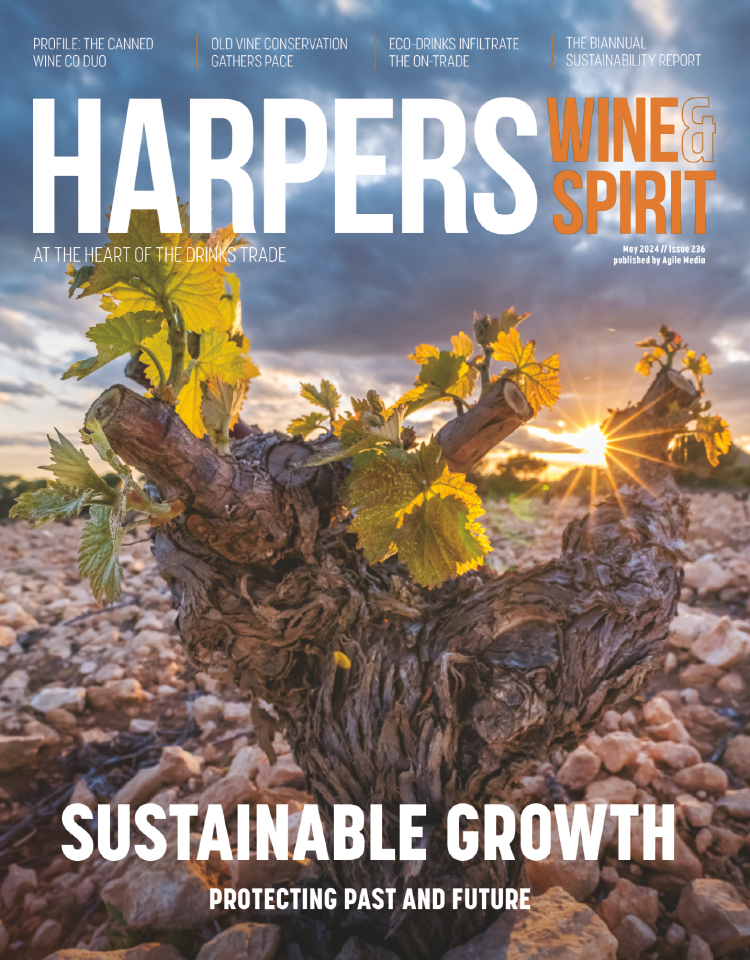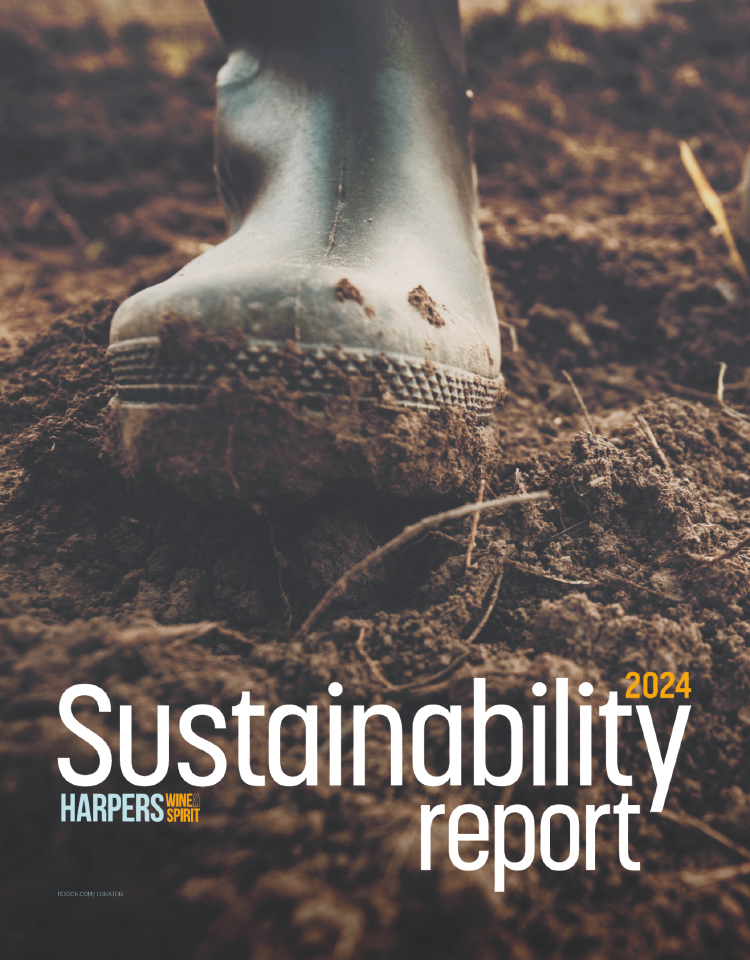
‘Better for me’ drinks and ‘borderless wine’ among top innovative trends for 2023
Harpers caught up with some of the leading experts in the trade to share their top predictions for 2023.
In no particular order, here are some of the top trends set to make their mark in the year ahead.
1. Energy/supply chain optimisation
Carmel Kilcline MW, head of food technology – BWS, Soft Drinks And Juice at Marks & Spencer
“The two areas vital to the success of our drinks portfolio are currently energy/supply chain optimisation and digital engagement with consumers – and that will all continue in 2023.
“The first consists of embracing technologies which improve energy efficiency at wineries and in vineyards, such as the installation of solar panel technology and advanced water management systems. Health and nutrition are also key to M&S innovation, so the continued development of our low & no ranges is especially hot on our NPD agenda.”
2. Borderless wine
Spiros Malandrakis, head of research for alcoholic drinks, Euromonitor
“The top trends for me in 2023 include the concept of borderless wine, which follows the idea that environmental disaster will make production impossible in traditional producing nations. So, producers will increasingly look towards solutions such as a pan-European wine, where there is no specific region or country. As far as I know, there is only one real producer doing this at the moment, but 2022 was one of the hottest years on record in Europe and the UK had its hottest day in 100 years. In four decades’ time, many believe making wine in Champagne will not be possible. The concept is really radical. It would involve a complete rethink about what ‘wine’ means.
“Elsewhere, of course, there is the future of cannabis, which has grown massively in the US over the past couple of years. Germany is due to legalise cannabis within the next year. Afterwards, we will see a domino effect across Europe.”
3. AI and AR
Alice Goody, head of insight at specialist research agency for the drinks and hospitality industry, Proof Insight at C&C Group
“Two macro consumer trends stand out: AI and AR, which provide solutions and make life easier via applications such as QR codes; then, there are VR experiences and interactive games, which allow brands space to provide the escapism consumers are craving.
“Just over 60% of wine drinkers don’t class themselves as being ‘very confident’ when choosing wine in the on-trade and 35% are put off trying new styles for fear of not enjoying them. A good example of digital tech which helps consumers to navigate the category is Good Pair Days, a digital subscription service that matches wine to the consumer’s palate. Using technology to aid decision-making will be important in attracting younger consumers into the category, as they are increasingly opting for spirits and beer over wine.”
4. Smarter borders
David Richardson, regulatory & commercial affairs director, the Wine & Spirit Trade Association
“The evolution of border processes is a big one. The government has already introduced the 2025 UK Border Strategy with the aim of giving the UK the most efficient electronic border in the world. This comprises several elements, such as the Target Operating Model, which will set out new processes, due to be published shortly, and the Single Trade Window – a single portal for interacting with all the agencies that regulate the border and will allow much wider data sharing.
“The game-changing element is the willingness of government (and specifically HMRC) to adopt more modern and collaborative attitudes. There is more acceptance that the information needed by government should be collected by parts of the industry as part of a commercial process and does not need a separate one.”
5. Molecular ageing
Paul Armstrong, founder of emerging technology advisory, Here/Forth
“I see a greater focus on and appreciation for molecular ageing (and anti-ageing) from companies like Lost Spirits and Endless West – the latter aims to create a high-quality, whiskey-inspired spirit, which tastes like it’s been stored away for years, despite having never seen the inside of a barrel. These processes make the purchasing cycle faster and drive luxury prices higher over time.”
6. ‘Better for me’ consumer drivers
Guy Wolfe, strategic insights manager, IWSR
“Three underlying consumer trends continue to provide tailwinds for the global beverage alcohol market: ‘better for me’ consumer drivers, ‘better for the world’ values, and online interaction, from ecommerce and social media to NFTs and the metaverse.
“IWSR research shows more than 50% of regular wine drinkers across key markets are motivated by sustainability, particularly wealthier and Millennial consumers, so reducing the weight and the number of raw materials used, as well as improving the recyclability of packs, have become priorities.
Drinks brands also will increasingly inhabit the metaverse in 2023 as a key way to create ever more complex virtual experiences. However, with such activity pushing the frontiers of how, when, and where brands are able to market themselves, it’s not surprising there is still a degree of caution. Digital promotions often need to be tethered to reality, offering real-world benefits to consumers, from limited-edition bottlings to live events.”
Keywords:
- Supply Chain
- MW
- drinks
- energy
- supply
- top
- BWS
- trends
- chain
- ahead
- year ahead
- kilcline
- optimisationcarmel
- optimisationcarmel kilcline
- energy supply
- chain optimisationcarmel
- 2023 harpers caught
- energy supply chain
- bws soft drinks
- chain optimisationcarmel kilcline
- supply chain optimisationcarmel





